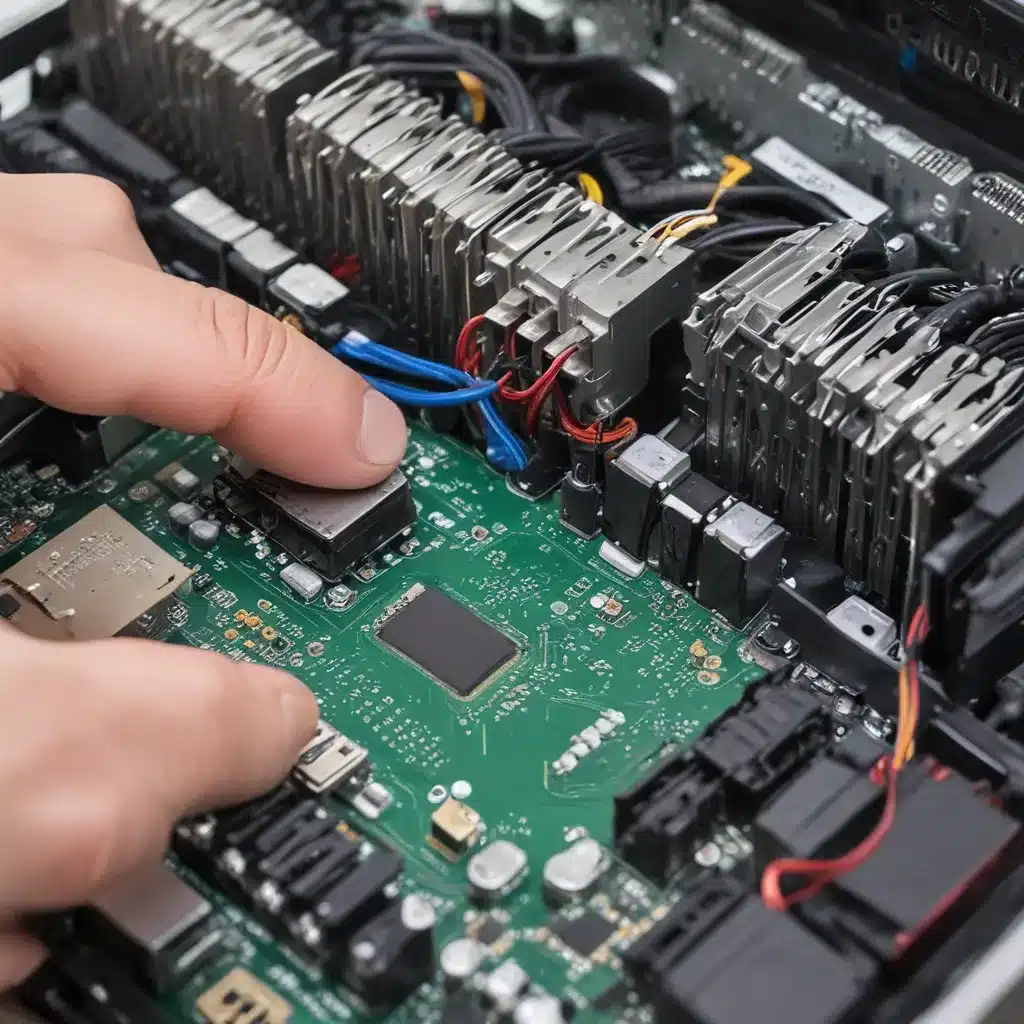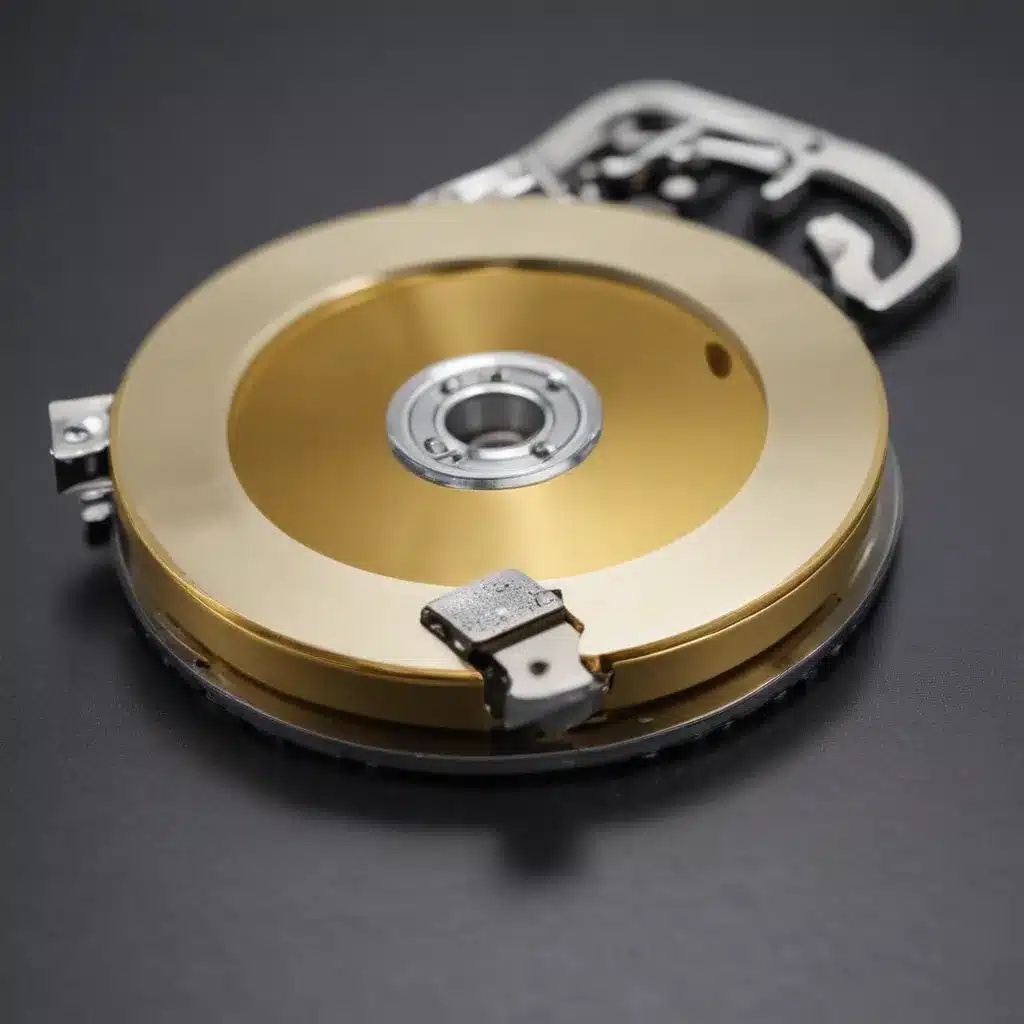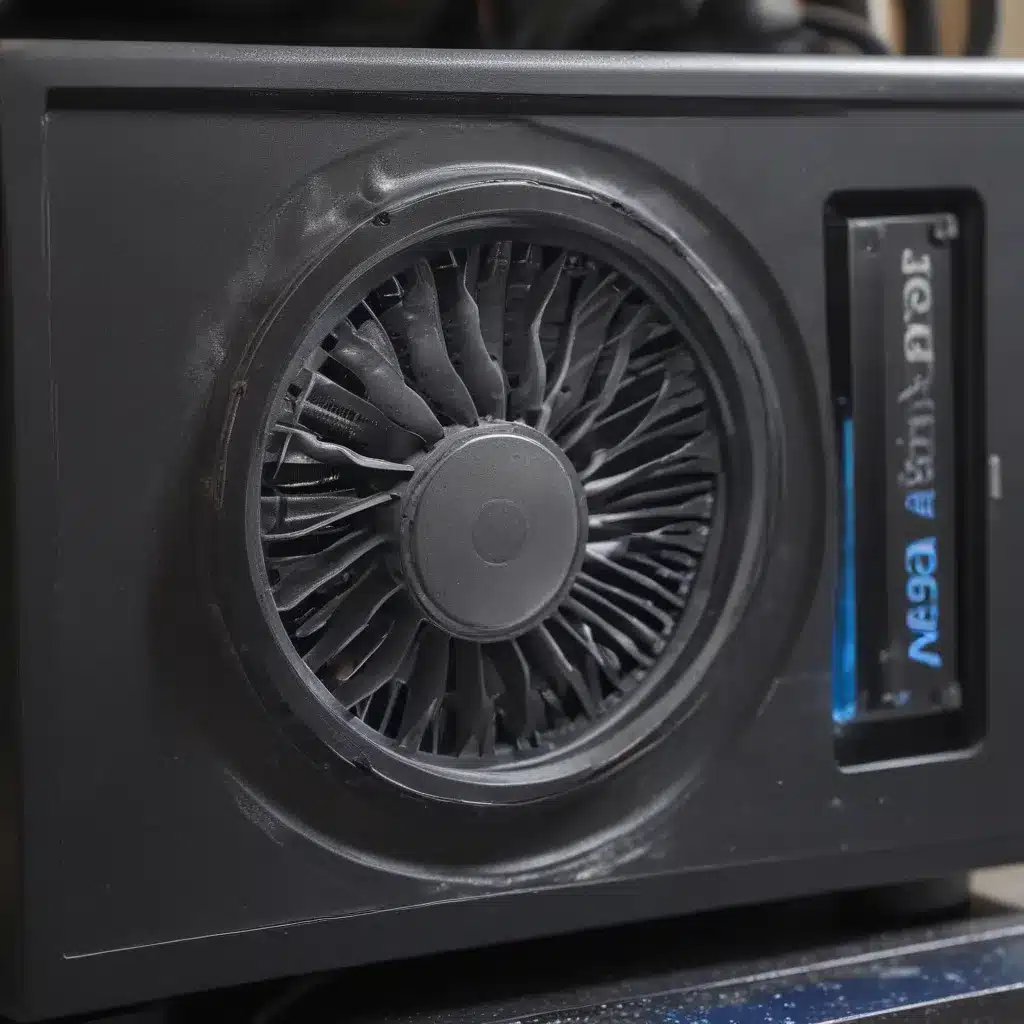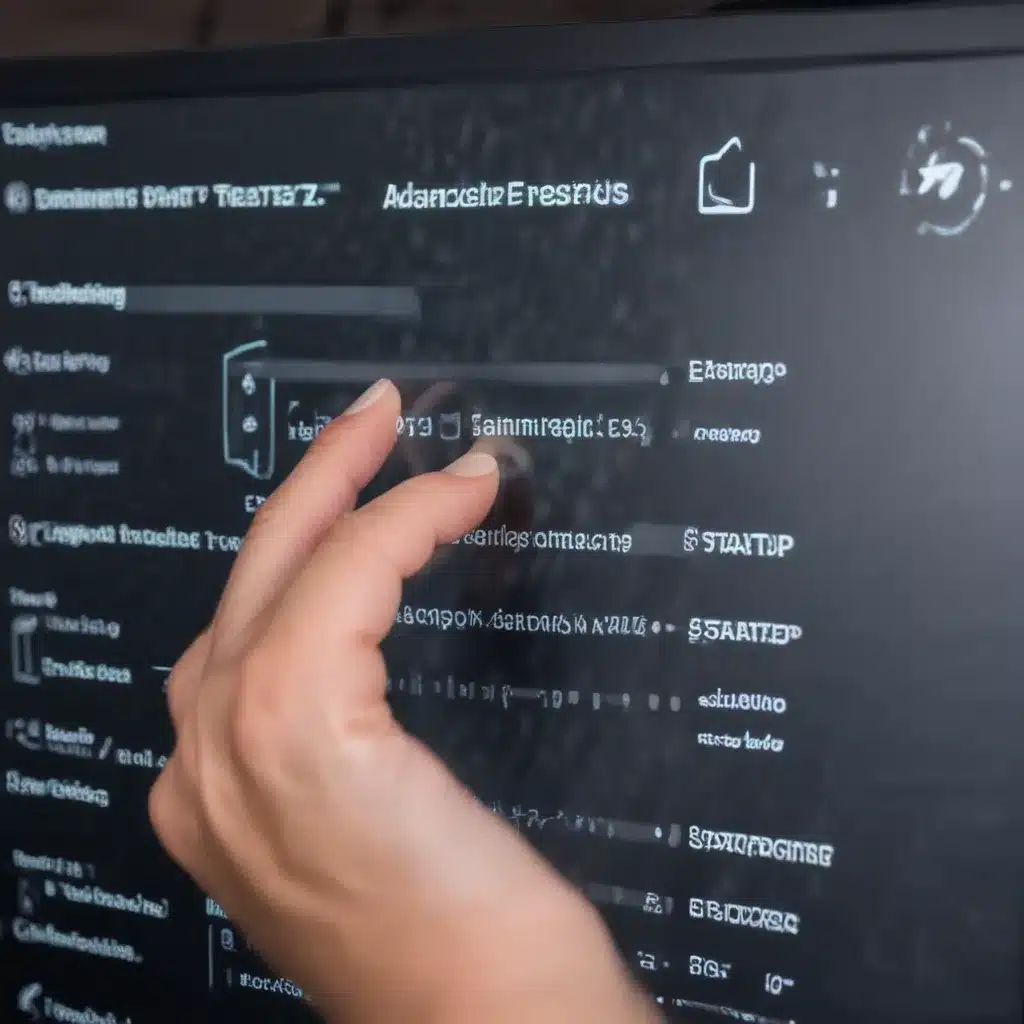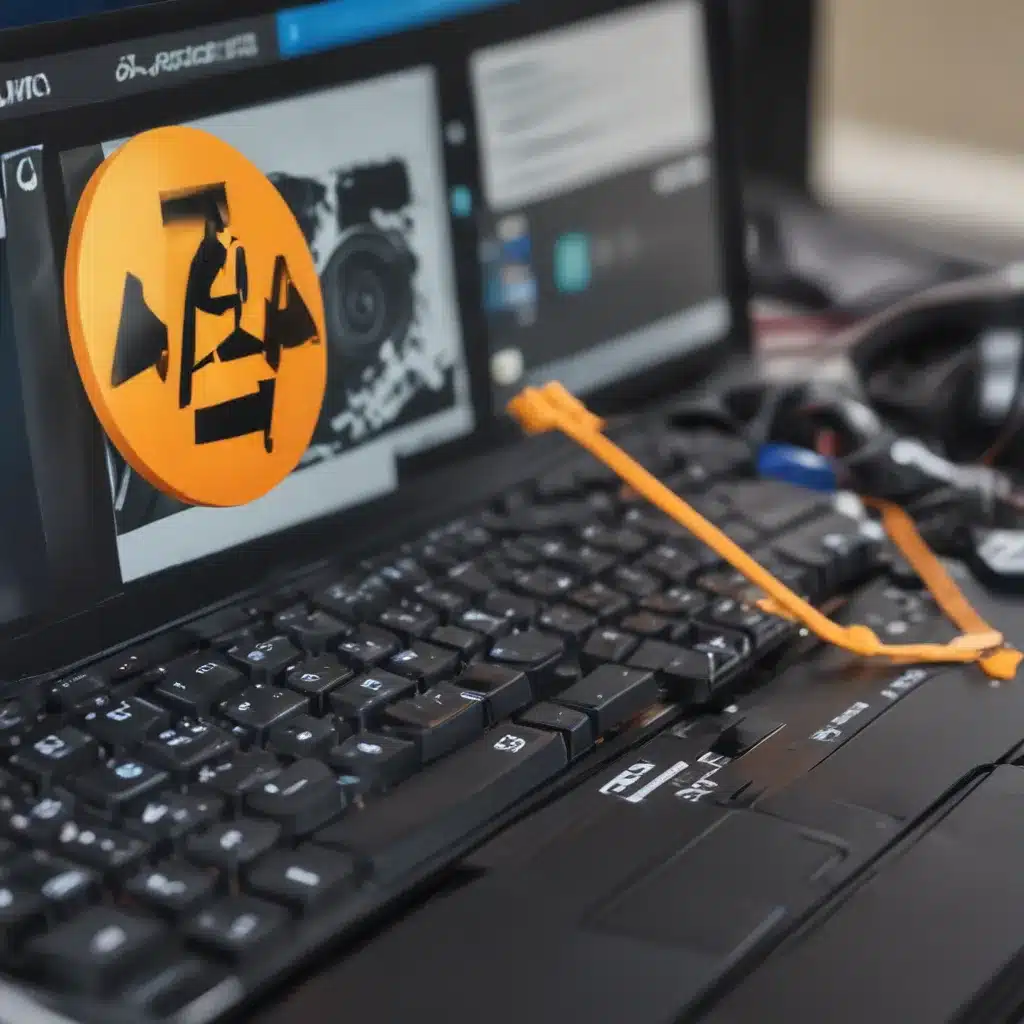I’m excited to share the details on AMD’s latest graphics card release, the Radeon RX 7900 XT. This new GPU is aimed directly at competing with Nvidia’s RTX 4080 in both performance and price. Here’s an in-depth look at what the RX 7900 XT brings to the table.
Overview of the Radeon RX 7900 XT
The RX 7900 XT is built on AMD’s new RDNA 3 architecture and fabricated using an advanced 5nm manufacturing process. This enables significant improvements in performance, power efficiency, and features compared to previous Radeon GPUs.
Some key specs of the RX 7900 XT include:
-
24GB of GDDR6 memory – Twice as much VRAM as the RTX 4080’s 12GB. This provides headroom for higher resolutions and future games.
-
96 compute units – Up from 60 in the previous flagship RX 6900 XT. Offers improved shading, texturing, and geometry throughput.
-
Over 300W power draw – Requires a beefy power supply, but still much lower than the RTX 4090’s 450W.
-
5nm manufacturing – Leading-edge process allows for denser, more power-efficient transistor design.
AMD has priced the RX 7900 XT at $999, strategically undercutting the RTX 4080 which costs $1,199. This aggressive pricing plays a key role in competing with Nvidia’s offerings.
Performance Benchmarks Against the RTX 4080
Based on AMD’s own internal benchmark data, the RX 7900 XT delivers exceptional performance that either matches or exceeds the RTX 4080 in many games at 4K resolution.
In rasterization performance, the RX 7900 XT is roughly 5-10% faster than the RTX 4080 in modern titles like Cyberpunk 2077 and Resident Evil Village. It achieved over 100 fps in both these games with max settings.
For ray tracing, the RX 7900 XT lags slightly behind the RTX 4080, but often by just single digit percentage differences. With AMD’s continued software and driver optimizations, this gap may shrink even further.
One area where the RX 7900 XT really pulls ahead is VR performance. It was able to deliver over 50% higher frame rates in VRMark’s challenging Cyan Room benchmark. This demonstrates superior throughput for PCVR gaming.
Architectural Improvements in RDNA 3
The RX 7900 XT owes its strong competitiveness to several key architectural advances in AMD’s RDNA 3 graphics technology:
-
Enhanced ray accelerators – 3rd gen ray accelerators improve ray-triangle intersection and bounding volume hierarchy testing efficiency. This raises AMD’s ray tracing capabilities closer to Nvidia’s level.
-
Redesigned compute units – New dual-chiplet design splits the GPU into dedicated graphics and compute chiplets, increasing efficiency.
-
Chiplet cache – 64MB of Infinity Cache on each graphics chiplet reduces memory bandwidth strain and power draw.
-
Improved AI engine – Bolstered AI throughput enables advanced upscaling tech like AMD Super Resolution.
Radeon RX 7900 XT Positioning and Availability
The RX 7900 XT is AMD’s new high-end gaming flagship. It replaces the RX 6950 XT at the top of the Radeon stack with superior performance. The price point is competitive for a high-end GPU in today’s market.
AMD is opening sales on December 13, 2022. Initial supply may be limited, but AMD seems well positioned to take advantage of Nvidia’s production issues. The RX 7900 XT is poised to become the enthusiast GPU of choice for team red.
Overall, the Radeon RX 7900 XT is an extremely promising graphics card that finally brings AMD back to parity with Nvidia’s high-end offerings. It delivers excellent 4K and VR performance at a compelling price point. AMD’s RDNA 3 architecture shows the company is making big technological leaps to compete for the enthusiast GPU crown. Exciting times are ahead for AMD fans!


